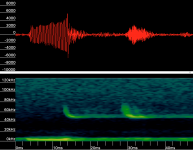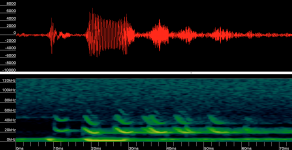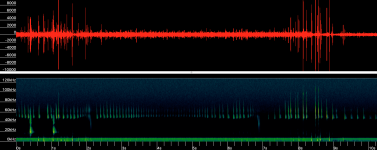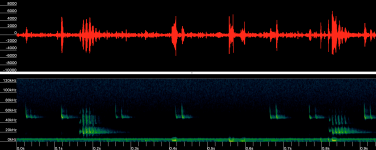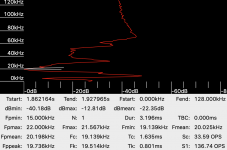Last night again recorded probably (Common?) Pipistrelle and as I often see some "pulses" I can't find anything about i.e. to my inexperienced knowledge, not navigation, not approach, not feeding buzz (but I've no knowledge about interactions between bat calls). These "pulses" seem longer duration than normal navigation and very low frequency.
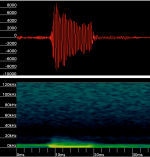
I assume they are from the bat(s) (probably only the one) as they are mixed in with more recognisable calls and only happen when the mor erecognisable calls are ongoing
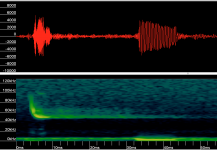
And one of the more recognisable calls (in case I've completely messed-up in my inexperience)
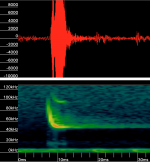
(Sorry if I'm missed out any critical info - do ask for details)
Many thanks
Ian

I assume they are from the bat(s) (probably only the one) as they are mixed in with more recognisable calls and only happen when the mor erecognisable calls are ongoing

And one of the more recognisable calls (in case I've completely messed-up in my inexperience)

(Sorry if I'm missed out any critical info - do ask for details)
Many thanks
Ian





